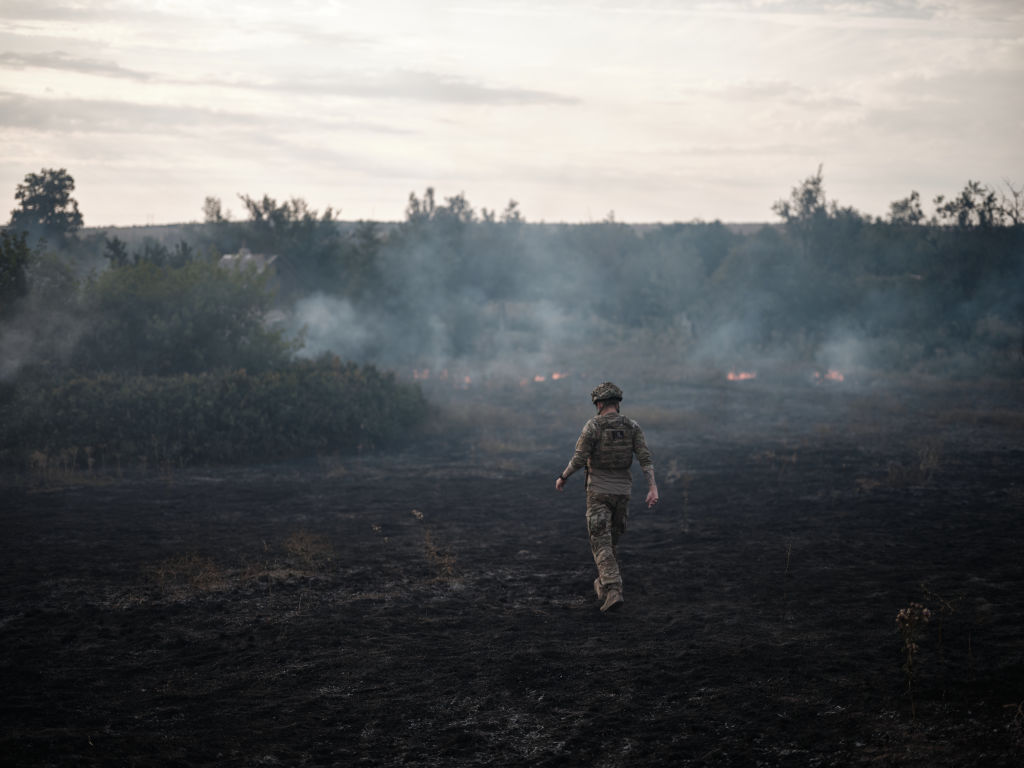The Ukrainian population has fallen by eight million since the Russian invasion in February 2022, with a total of ten million since 2014 when the civil conflict between pro-Western and pro-Russian regions began.
According to Florence Bauer, the United Nations Population Fund‘s (UNPF) regional director, the organisation’s latest data shows that some areas have suffered almost total depopulation due to the emigration of young people and the high number of deaths from war.
By the end of 2024, Ukraine is expected to have a population of 35 million, compared to 43 million in 2022.
This demographic decline has been exacerbated by a combination of factors, including one of the lowest birth rates in Europe.
Since the beginning of the conflict, some 6.7 million people have fled Ukraine, causing the fertility rate to drop to one child per woman, well below the so-called generation replacement threshold of 2.1.
Before the war, Ukraine already faced demographic challenges due to economic crises, under-investment in public services and a weakened health system, coupled with the emigration of young people in search of better work opportunities since the 1990s.
The war with Russia has negatively impacted key sectors of the economy, making it difficult to retain young people.
Moreover, the challenge of repopulating war-torn areas and rebuilding the social web will, experts have said, depend on Ukraine’s ability to provide economic incentives and stability for migrants to return.
Meanwhile, Kiev has been seeking to increase the number of conscripts available to strengthen its military capacity, a proposal that has included a ban on issuing passports abroad and requesting the return of refugees from third countries.
A survey by the German Ifo institute has shown that the longer the war in Ukraine lasts, the fewer Ukrainian refugees plan to return to their homeland. https://t.co/RFMkLRe2zT
— Brussels Signal (@brusselssignal) October 21, 2024





